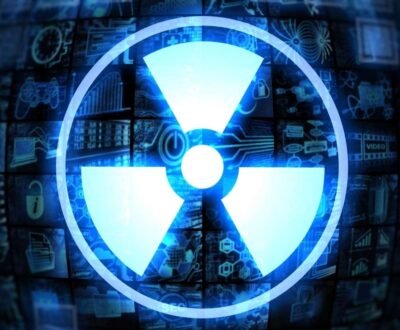Breast cancer is one of the most common type of cancer in women. The chance of a woman getting this disease in her lifetime is 1:8. Being able to detect breast cancer before it starts showing any kind of symptoms is very important in its treatment. Many kinds of screening tests are available. Screening refers to tests and exams used to find a disease in people who don’t have any symptoms. If every woman and health care professional utilises these screening procedures then thousands of lives could be saved every year. American Cancer Society (ACS) has recommended certain guidelines that will aid in the early detection of breast cancer in women.

Some of the known risk factors for breast cancer are : age, personal or family history of the disease, childbearing and menstrual history and genetic factors. Women possessing any of these factors are at average risk for breast cancer. ACS recommended screening guidelines include : breast self exam, clinical breast exam (CBE), mammogram and MRI.
All women should be familiar with how their breasts normally look and feel and report any changes to a healthcare provider right away.Monthly breast self exams helps in easily identifying any changes in the breasts. A clinical breast exam is performed by a healthcare professional who is trained to recognize many different types of abnormalities and warning signs. CBE is an important part of early detection.
A mammogram is an x-ray that allows a qualified specialist to examine the breast tissue for any suspicious areas. The breast is exposed to a small dose of ionizing radiation that produces an image of the breast tissue. Mammograms often show a lump before it can be felt. Decades of research show that regular mammograms help in early detection of breast cancer and hence reduces the need for aggressive treatment like surgery and chemotherapy. ACS recommends regular mammograms for women aging 40 and above in every 1 or 2 years. And women younger than 40 with known risk factors for the disease should discuss with their healthcare provider whether mammograms are required and how often.
But mammograms have their own limitations. Some cancers may be missed and sometimes more tests will be required to find out if the lump or specks found in mammogram are cancerous or not. It‘s important that women getting mammograms know what to expect and understand the benefits and limitations of screening.
For women at higher risk for breast cancer breast MRI is recommended. Breast magnetic resonance imaging (MRI) is an imaging test that creates detailed pictures of the insides of the breast. Although, its not regularly used for breast cancer screening but it can help in detecting breast cancer at an early stage. It is mostly used as a follow-up test after an abnormal finding. It is also effective in detecting cancer in women with dense breasts. If MRI is used, it should be in addition to, not instead of, a screening mammogram. Even Though an MRI is a more sensitive test, it may still miss some cancers that a mammogram would detect. It also has a higher false-positive rate, which would lead to unnecessary biopsies and tests causing a lot of anxiety and stress.
Hence, ACS recommends against MRI screening for women whose lifetime risk of breast cancer is less than 15%. It’s also recommended that women who get a screening MRI do so at a facility that can do an MRI-guided breast biopsy at the same time if needed.
Women at high risk should have yearly mammograms along with an MRI starting at age 30. All women should be familiar with the known benefits, limitations, and potential harms associated with breast cancer screening. Based on personal circumstances and preferences , the best age to start screening should be decided between the patient and the healthcare professional. These screening techniques and guidelines play a major part in detecting breast cancer at an early stage and possibly in its complete elimination.
Many more tools for the early detection of breast cancer are under study. Some that are already being used and widely available are : breast tomosynthesis (3D mammography) and nuclear medicine imaging of the breast (molecular breast imaging). Breast-specific gamma imaging (BSGI) and positron emission mammography (PEM) are types of nuclear medicine imaging. More research is still needed on these tools to determine their role in breast cancer screening for all women or certain groups of women at higher risk.
About us and this blog
We are a teleradiology service provider with a focus on helping our customers to repor their radiology studies. This blog brings you information about latest happenings in the medical radiology technology and practices.
Request a free quote
We offer professional teleradiology services that help hospitals and imaging centers to report their radiology cases on time with atmost quality.
Subscribe to our newsletter!
More from our blog
See all postsRecent Posts
- Understanding the Challenges of Teleradiology in India January 19, 2023
- Benefits of Teleradiology for Medical Practices January 16, 2023
- Digital Transformation of Radiology January 2, 2023









